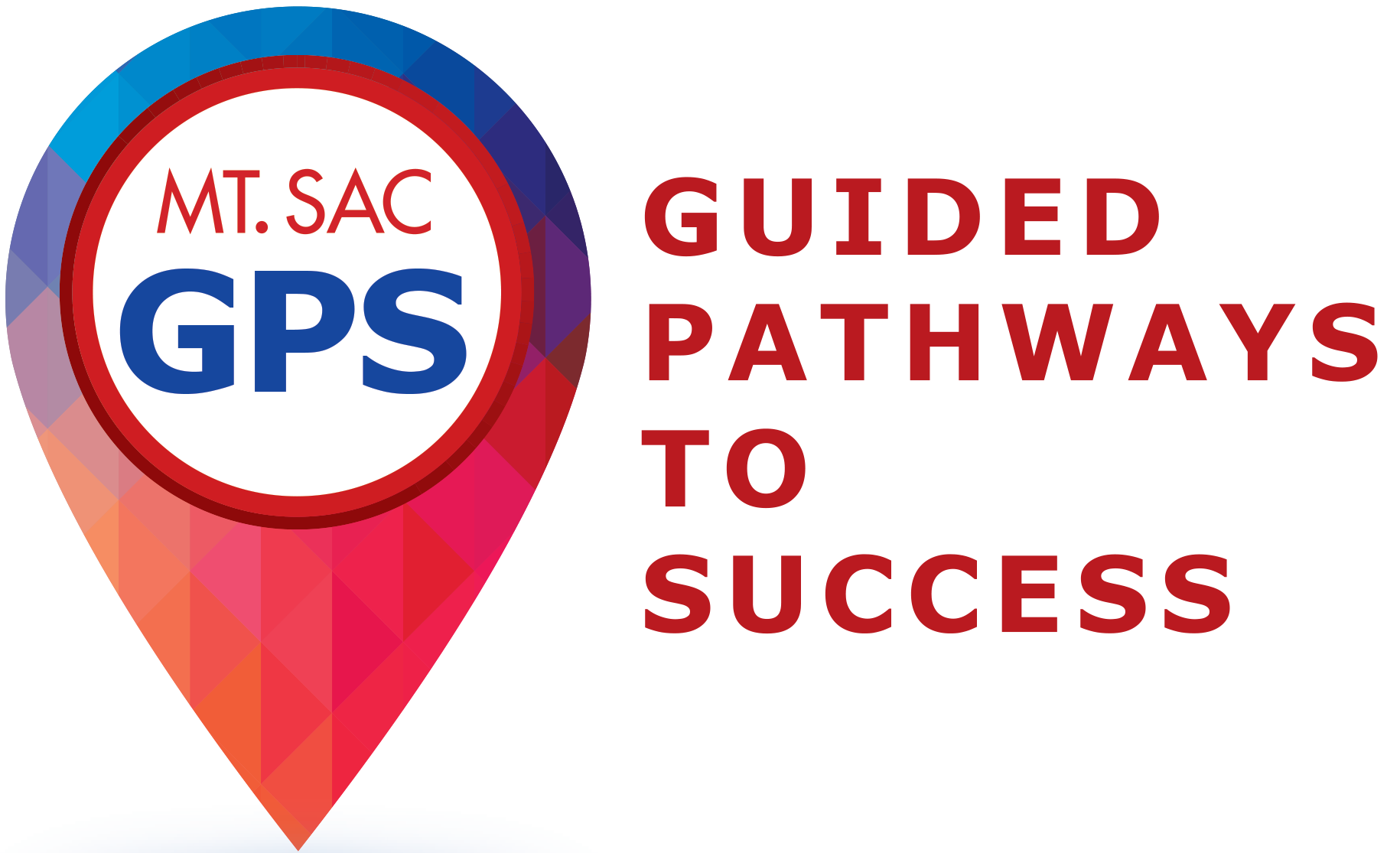Geography
Geography helps us make sense of our world. It is an interdisciplinary course of study examining
the human and physical landscapes of the Earth and humans' relationship to them.
As a broad inquiry of study, Geographers examine urban issues, how cultural systems
like language and religion are expressed spatially, the impact of political structures
on the organization of space, the development of economic systems and the use of natural
resources. Mt SAC offers the following coursework in Geography:
Geography 1: Physical Geography
Geography 1L: Physical Geography Laboratory
Geography 2: Human Geography
Geography 5: World Geography
Geography 8: Urban Geography
Geography 30: California Geography
Geography also includes the skill-based study of GIS, Geographic Information System, for map-making and spatial analysis. The College offers a certificate in GIS. Read below for more information.
Geographic Information Systems
The GIS program at Mt. Sac will help you develop an understanding of the theoretical
underpinnings of geospatial technologies, gain the skills need to construct high-quality
applications and enhance your marketability in the workforce.
Watch an excellent GIS video demonstrating how GIS is applied in different fields.
Listen to a Podcast about the GIS program and another Podcast about how GIS is used to address equity issues.
Pathways
A Geographic Information System uses computers and software to leverage the fundamental principle of geography – that location is important in people’s lives. It is a tool for managing information according to where it’s located. There is currently a shortage of qualified professionals to fill GIS related positions ranging from engineers to telecommunications experts. GIS is one of the most important components in approaching global problem solving. It helps us look for patterns in both the man-made and natural worlds. People in business, government, education, and natural resources are using GIS to analyze markets, manage parcels of land, conduct research, and protect natural resources.
Click here to see examples of GIS student work.
The growth of GIS applications is expanding exponentially, creating new and exciting developments. GIS technology represents a billion dollar industry worldwide, growing at 25% per year, and serving 50,000 to 100,000 users in more than 100 countries. At this time, job opportunities outnumber qualified graduates. There will continue to be a need for environmental engineers to deal with newer and tougher air and water regulations, as well as civil engineers to rebuild the nation’s infrastructure.
The U.S. Department of Labor estimates that there will be a national projected 5-7% growth in the GIS industry from 2019-2029. At the national level the average GIS worker earns $88,550, but the California average wage is $97,600. A recent, local GIS job search within the Mt Sac service area resulted in 20 advertised GIS positions. To learn more about the jobs and skills requirements, visit the GIS Job Clearing House website.
Professional
Academic
Our Professors
-
Elizabeth Lobb
Professor
elobb@mtsac.edu -
Sam Weber
Professor
sam.weber@mtsac.edu
Kelly Rivera
26D-2481
(909) 274-6263
k.rivera@mtsac.edu
www.mtsac.edu/geography/





